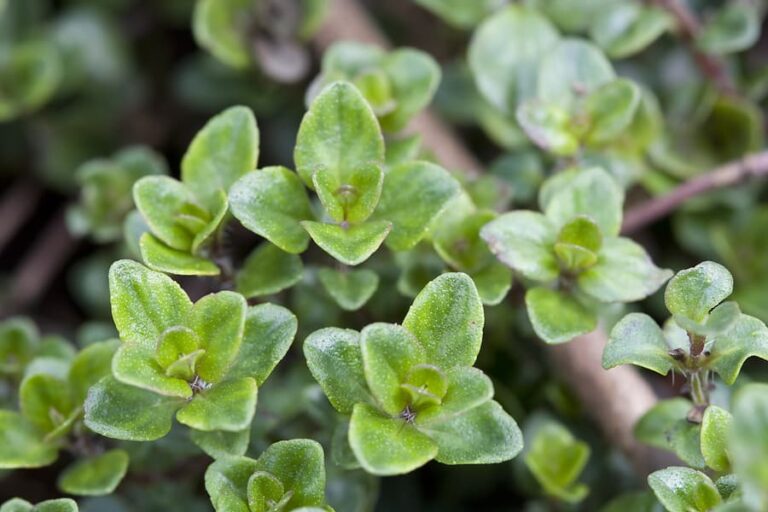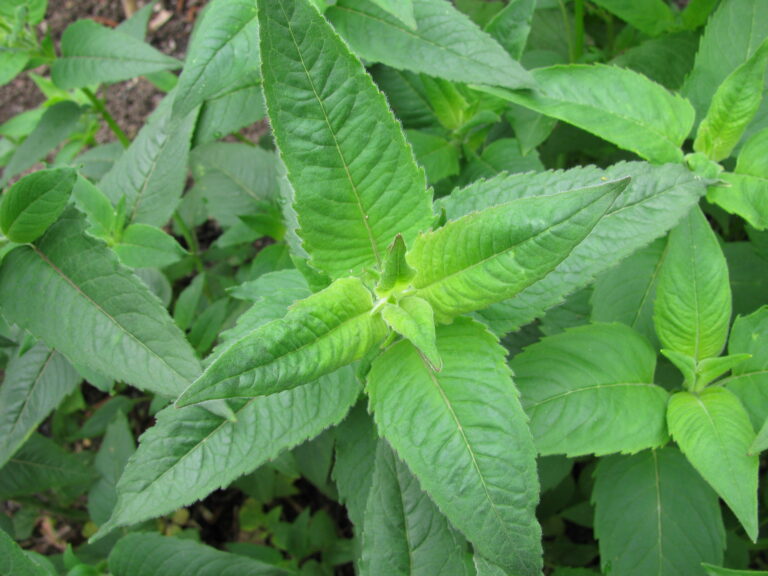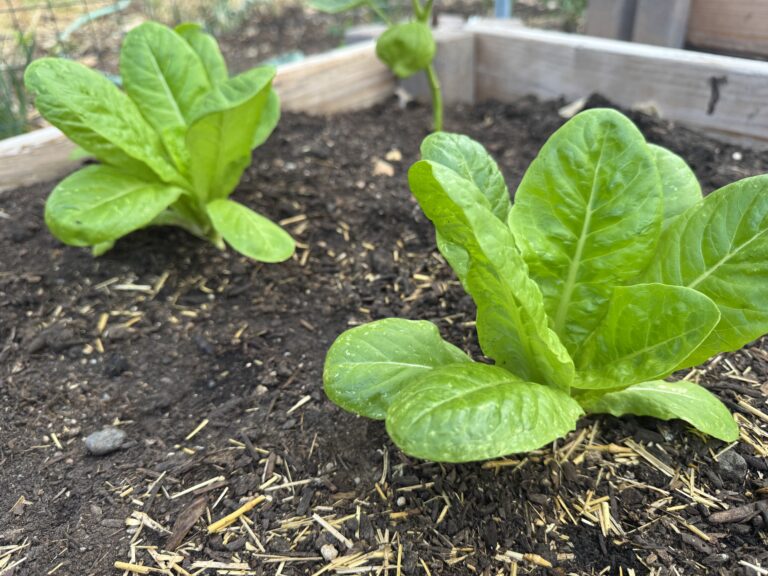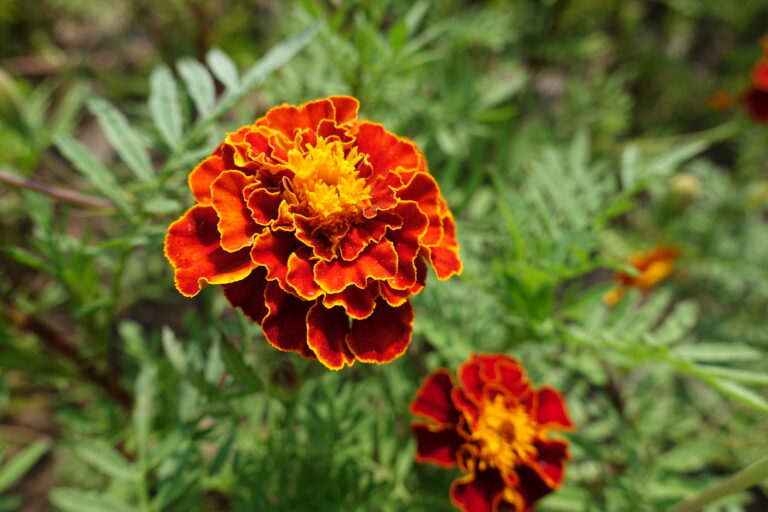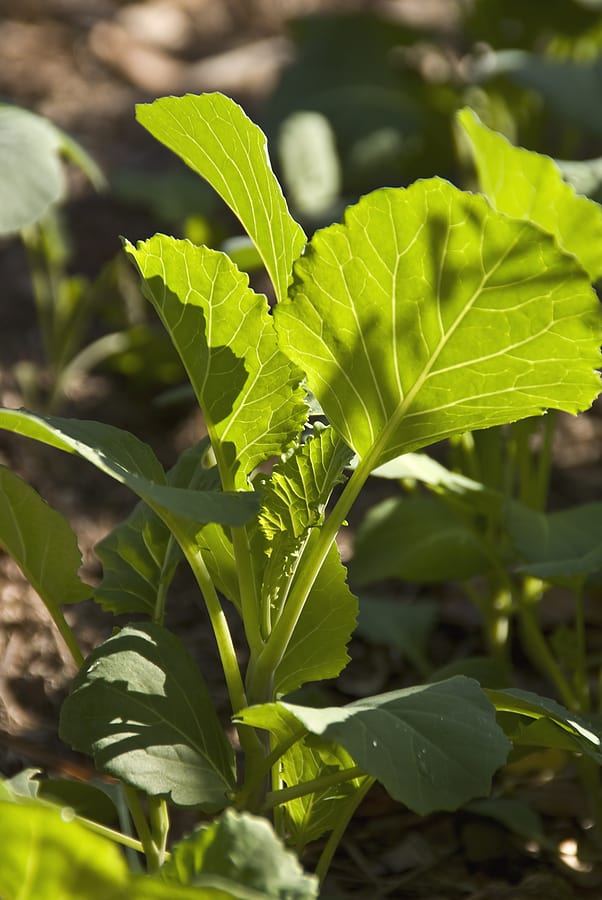Growing Belgian Endive and Chicory: A Complete Gardener’s Guide
Belgian endive and chicory, both belonging to the chicory family (Cichorium intybus), are well-loved for their distinctive flavors and the versatility they bring to culinary creations.
Belgian endive, known for its compact, pale, torpedo-shaped heads, is cultivated through a unique forcing process in darkness that yields its mild bitterness and crisp texture, perfect for salads or cooking. On the other hand, chicory encompasses a variety of types, such as radicchio and wild chicory, celebrated for their more pronounced bitter notes and robust flavor profiles. This plant often showcases bright blue flowers and is valued for both its edible leaves and roots, with some even using the roasted roots as a coffee substitute.
Growing Belgian endive requires an initial cultivation of the roots in sunlit conditions followed by a period in a dark, cool space to form the blanched heads, while chicory can thrive in rich, well-drained soil under full sun, producing vibrant greens or colorful heads depending on the variety. Both plants are cool-season crops that offer a distinctive taste to home gardens and dishes alike.
Belgian Endive Basics
- Description: Belgian endive, also known as witloof chicory or white endive, is a type of chicory that is forced to grow in the dark to produce its characteristic pale, tightly packed leaves. It has a slightly bitter flavor and crisp texture, making it popular in salads or as a cooked vegetable.
- Appearance: The heads of Belgian endive are torpedo-shaped and typically white with yellow tips due to being grown in darkness.
- Flavor: Mildly bitter, with a subtle nutty undertone when raw and a sweeter, milder taste when cooked.
How to Grow Belgian Endive
- Sow Seeds: Plant seeds in late spring or early summer in well-drained, fertile soil. Seeds should be sown directly in the garden in rows, about ¼ inch deep.
- Spacing and Thinning: Thin seedlings to about 6 inches apart to allow ample space for root development.
- Growing Conditions: Ensure the plants receive full sun and consistent watering. The roots need to develop fully, so deep, loose soil is ideal.
- Harvesting Roots: Harvest the roots in late fall, after they have grown to about 1–2 inches in diameter. Cut the leaves off about 1 inch above the root.
- Forcing in Darkness:
- Place the roots in a dark, cool environment (e.g., a cellar or dark garage) to initiate forcing. Cover them with soil or sand and keep them moist but not waterlogged.
- After about 3–4 weeks, pale heads of Belgian endive will emerge and can be harvested when they reach about 5–6 inches in length.
- Harvesting Heads: Cut the heads just above the root when they are compact and firm.
Chicory Baics
- Description: Chicory is a broader category that includes different types such as radicchio, puntarelle, and wild chicory. The leaves and roots are edible, and the plant is also known for its bright blue flowers. Wild chicory’s roots are sometimes roasted and ground to make a coffee substitute.
- Appearance: Leaf shapes and colors vary; radicchio, for instance, has red or purple leaves, while other chicory types may have green, serrated leaves.
- Flavor: Generally more bitter than Belgian endive, with a robust, earthy taste.
How to Grow Chicory
- Sow Seeds: Chicory seeds can be sown directly into the garden in early spring or late summer. Plant seeds about ¼ inch deep in rows spaced 12–18 inches apart.
- Soil and Sunlight: Chicory prefers well-draining, rich soil with full sun exposure. It can also tolerate partial shade.
- Thinning and Spacing: Thin seedlings to about 6–8 inches apart to promote healthy growth.
- Watering and Care: Provide consistent watering, especially during dry periods, as moisture helps reduce the plant’s natural bitterness.
- Harvesting Leaves: Leafy chicory varieties can be harvested as needed when the leaves are young and tender. For radicchio, harvest the heads once they are fully formed.
- Harvesting Roots: For root use, dig up the plants in late fall after the roots have matured.
- Winter Cultivation: Chicory roots can also be forced indoors in the winter for fresh greens. The roots can be potted or placed in containers with soil and kept in a cool, dark place.
Differences Between Belgian Endive and Chicory
- Growing Conditions: While both need well-drained soil and similar care during their initial growth, Belgian endive requires a specific forcing process to produce its blanched heads, while many chicory varieties do not.
- Taste and Use: Belgian endive is milder in flavor and often used raw in salads or cooked, while chicory is more robust and bitter, suitable for both fresh and cooked dishes.
Both Belgian endive and chicory are excellent additions to a home garden, offering unique flavors and culinary uses. They are also cool-weather crops, making them ideal for fall and winter harvesting in many regions.
More tips
Chicory, Belgian endive, and radicchio are cool weather crops. Chicory, Belgian endive, and radicchio are different varieties of the same plant, Cichorium intybus.
Chicory and Belgian endive quick growing tips
- Sow chicory seed in the garden as early as 2 to 3 weeks before the average date of the last frost in spring.
- Grow chicory and radicchio in temperatures ranging from 45° to 75°F (7-24°C).
- Plant chicory and radicchio so that they come to harvest in cool weather.
Related articles:
- Four Ways to Cook and Serve Radicchio
- How to Harvest and Store Radicchio
- Radicchio Seed Starting Tips
- How to Plant and Grow Radicchio
- How to Grow Chicory and Belgian Endive
How are chicory, Belgian endive, and radicchio the same and different
Chicory, Belgian endive, and radicchio are different varieties of the same plant, Cichorium intybus.
- Chicory produces a rosette of green leaves that can be used in salads. Chicory is a hardy perennial with a long, fleshy taproot, a rosette of leaves, and a branched flower stalk topped with pale blue flowers. Chicory has two stages of development. The first stage produces the rosette of leaves and the harvestable root. In the second stage, the harvested root is re-buried upright in damp sand or soil until it produces a new sprout or narrow head of blanched, pale green leaves known as Belgian endives. The dried, fleshy taproot of chicory can be ground and used as a substitute for coffee.
- Radicchio, also called Italian chicory, is grown for its rosette of broad red leaves used in salads; its leaves are similar to the leaves of chicory but with a more biting flavor. Radicchio often forms a head 3 to 5 inches (7-12cm) across.
- Belgian endive (also called Belgian chicory) is grown for its pale-green, tightly-wrapped leaves used in salads; the plant near maturity is trimmed and buried in damp sand and grown on to create a dense, succulent blanched head.
Chicory and endive (as differentiated from Belgian endive) should not be confused. They belong to the same botanical family and often are used interchangeably, but they are not the same plant. Chicory, Belgian endive, and radicchio are the plant Cichorium intybus. Endive and escarole are the plant Cichorium endivia. If you want to produce chicory root or the Belgian endive grow chicory; if you want to grow red-leafed radicchio choose a radicchio cultivar. If you are growing endive specifically for greens, grow endive or escarole.
Where to plant chicory and radicchio
- Grow chicory and radicchio in full sun; it will tolerate partial shade.
- Plant chicory and radicchio in soil rich in organic matter that is well-drained and free of lumps that might cause the roots to fork or split.
- Add aged garden compost to planting beds before growing.
- Chicory and radicchio prefer a soil pH of 5.0 to 6.8.
When to plant chicory
- Chicory and radicchio are hardy, cool-season perennials grow best in spring and early summer in cold winter regions and in fall and winter in warm-winter regions.
- Sow chicory seeds in the garden 2 to 3 weeks before the average date of the last frost in spring. Cool temperatures produce the sweetest-tasting chicory and radicchio.
- Grow chicory and radicchio in temperatures ranging from 45° to 75°F (7-24°C).
- Chicory and radicchio require 85 to 100 days to come to harvest depending upon the variety.
- Belgian endive heads are most often grown indoors as the second stage of plant growth; the climate is not a factor.
Planting and spacing chicory and radicchio
- Sow chicory and radicchio seed ¼ inch deep and 1 to 2 inches (2.5-7.6cm) apart.
- Space rows 24 to 36 inches (61-91cm) apart.
- Thin plants from 6 to 18 inches (15-45cm) apart when the seedlings are four inches tall. You can eat the thinnings.
- Yield: For chicory root, plant 1 to 2 plants per household member. For radicchio, grow 5 to 6 plants per household member. For Belgian endive plants 6 to 8 plants per household member.
- Companion plants: plant chicory and radicchio with other greens, but not with peas or beans.
Growing chicory for roots
- Grow chicory for its roots in organically rich soil cultivated to 18 inches (45cm) deep.
- Roots will be ready for harvest about 120 days after planting.
Growing radicchio
- Choose from heading and semi-heading varieties. Radicchio is best planted for fall harvest.
- Sow seeds in the garden 85 days before the first frost in fall; radicchio requires a long, cool season.
- Place a plastic mulch or plastic sheeting around the radicchio plants–white, black, or clear. Growing radicchio on plastic, not the soil, will increase the heading percentage significantly.
Growing Belgian endive
- To produce a blanched head, dig up the chicory root and cut off the top about 2 inches (5cm) above the crown or top of the root.
- In a cool, humid place such as an outdoor pit, cold frame, or root cellar, bury the root to force it to produce a blanched sprout: first, cut off the root tip so that the root is 6 to 8 inches (15-20cm) long; set the root upright at a slight angle in a box, pot, or other container filled with fine sand or a mix of sand and aged compost just covering the top; water thoroughly, and keep at a temperature of 60° to 70°F (15-21°C). The tight, pale-green head will develop in 3 to 4 weeks.
Container growing
- Radicchio can be grown in a container. Choose a container 6 inches deep or deeper.
- Chicory roots can be grown in a deep container.
Chicory and radicchio care
- Water and feeding: Keep plants evenly moist. Add aged compost to planting beds before planting and again at midseason.
- Pests and diseases: Chicory, Belgian endive, and radicchio have no serious pest or disease problems.
How to harvest chicory, Belgian endive, and radicchio
- Chicory root will require 85 to 100 days to come to harvest.
- Belgian endive will require 3 to 4 weeks after starting the forcing and blanching process; cutaway leaves when they are 5 to 6 inches (12-15cm) about 1 inch (2.5cm) above the soil and bury the plant to grow to harvest when new heads are 3 to 5 inches (7.6-12cm) in diameter.
- Radicchio is ready for harvest when leaves are 3 to 5 inches tall when a head has formed or leaves can be harvested loose.
Storing chicory, Belgian endive, and radicchio
- Chicory will keep in the refrigerator for 1 week; roots will keep for 4 to 5 months.
- Radicchio and Belgian endive will keep in the refrigerator for about 1 week.
Chicory and radicchio varieties to grow
- Cutting chicory: ‘Biondissima Trieste’ (40 days); ‘Ceriolo’ (120 days); ‘Puntarella’ (120 days); ‘San Paquale’; ‘Spandona’ (40 days); ‘Sugar Loaf’.
- Belgian endive: ‘Flash’; ‘Galia’; ‘Red C’ (80 days); ‘Witloof Robin’ (60-150 days); ‘Witloof Zoom’ (110 days).
- Radicchio: ‘Carmen’ (75 days); ‘Castle Franco’ (85 days); ‘Chioggia’ (80 days); ‘Early Treviso’ (80 days); ‘Giulio’ (60-100 days); ‘Milan’ (90 days); ‘Prima Rossa’; ‘Red Treviso’ (85 days); ‘Red Verona’; ‘Rossa di Verona’ (85 days); ‘Rossana Radicchio’ (90 days); ‘Rouge de Verone’ (85 days).
About chicory and Belgain endive
- Common name. Chicory, witloof, French endive, Belgian endive, succory.
- Botanical name. Cichorium intybus
- Origin. Asia, Europe
Related articles:
How to Grow Chicory and Belgian Endive
How to Cook and Serve Belgian Endive
How to Plant and Grow Radicchio
How to Harvest and Store Radicchio
Four Ways to Cook and Serve Radicchio
How to Plant and Grow Endive and Escarole
Edive and Escarole Seed Starting Tips
How to Harvest and Store Endive and Escarole
Escarole and Curly Endive Serving Tips
More how to grow articles:
Learn how to plant, grow, and harvest your favorite vegetables. Click below for all you need to know.
- Artichoke
- Arugula
- Asparagus
- Beans, Snap
- Beets
- Broad Beans
- Broccoli
- Brussels Sprouts
- Cabbage
- Cantaloupe — Melons
- Cardoon
- Carrots
- Cauliflower
- Celeriac
- Celery
- Chard
- Chayote Squash
- Chickpeas
- Chicory
- Chinese Cabbage
- Collards
- Corn Salad
- Corn, Sweet
- Cresses
- Cucumbers
- Eggplant
- Endive and Escarole
- Fava Beans
- Florence Fennel
- Garbanzo Beans
- Garlic
- Horseradish
- Jerusalem Artichoke
- Kale
- Kohlrabi
- Leeks
- Lettuce
- Lima Beans
- Melons
- Mizuna
- Mustard Greens
- New Zealand Spinach
- Okra
- Onions
- Parsnips
- Peanuts
- Peas
- Peppers
- Potatoes
- Pumpkins
- Radicchio
- Radishes
- Rhubarb
- Rutabaga
- Salsify
- Shallots
- Sorrel
- Southern Peas
- Soybeans
- Spinach
- Squash, Summer
- Squash, Winter
- Sunchokes
- Sweet Potato
- Swiss Chard
- Taro
- Tomatillo
- Tomatoes
- Turnips
- Watermelon
- Zucchini
Grow 80 vegetables: THE KITCHEN GARDEN GROWERS’ GUIDE
Articles of interest:
Best Herbs for Container Growing
Garden Planning Books at Amazon:


